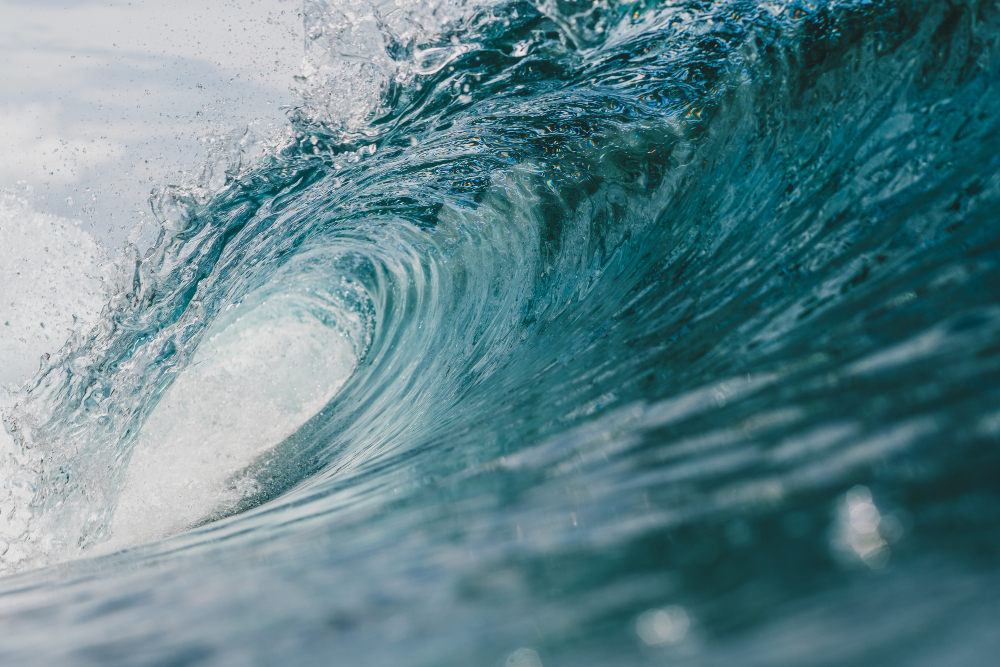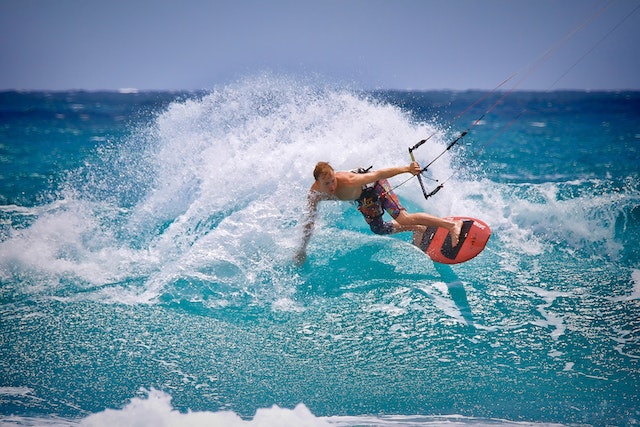Table of Contents
| Sr# | Headings |
|---|---|
| 1 | Introduction |
| 2 | The Ocean and Wave Formation |
| 3 | Anatomy of a Wave |
| 4 | Wave Energy and Types |
| 5 | Measuring Waves: Understanding Swells |
| 6 | Surf Forecasting Basics |
| 7 | Factors Affecting Surf Conditions |
| 8 | Tools and Technology for Surf Forecast |
| 9 | Interpreting Surf Reports |
| 10 | Staying Safe While Surfing |
| 11 | Conclusion |
1. Introduction
Are you drawn to the mesmerizing beauty of waves crashing on the shore? Ever wondered how surfers seem to catch the perfect wave with ease? In this article, we will delve into the captivating world of wave science and surf forecasting. Whether you’re a curious onlooker or an aspiring surfer, understanding the secrets behind waves will deepen your appreciation for the ocean’s wonders.
2. The Ocean and Wave Formation
The vast ocean hides a complex process behind the formation of waves. When winds blow over the water’s surface, they transfer energy to the water molecules, creating ripples that eventually evolve into waves. But what gives waves their size and power? Waves are affected by wind speed, duration, and fetch, which determines their energy and size. As waves travel across the ocean, they preserve the energy from distant storms and eventually reach the shore, inviting surfers to ride their swells.
3. Anatomy of a Wave
Have you ever wondered what lies beneath the surface of a wave? A wave is not just a simple rise and fall of water. It has distinct parts, including the crest (the highest point), the trough (the lowest point), and the wavelength (the distance between two successive crests). Understanding the anatomy of a wave is crucial for predicting its behavior and deciding when and where to catch that perfect ride.
4. Wave Energy and Types
No two waves are alike, and they come in various shapes and forms. Waves can be classified based on their energy and the elements that create them. Some waves are wind-generated and perfect for beginners, while others are ground swells formed by distant storms, producing larger and more powerful waves for experienced surfers. Knowing the different wave types will help you choose the best surfing spots for your skill level.
5. Measuring Waves: Understanding Swells
Surf forecasting relies on precise measurements of waves and their behavior. Meteorologists use swell forecasts to predict the arrival of waves at specific locations. But what exactly is a swell, and how is it measured? We’ll explore how swell periods and wave heights impact surfing conditions, allowing you to plan your surfing adventures with accuracy.
6. Surf Forecasting Basics
Surf forecasting involves interpreting data from multiple sources to determine upcoming surf conditions. From online surf reports to specialized mobile apps, we have access to a wealth of information. But how do you make sense of all this data? We’ll break down the basics of surf forecasting, empowering you to read and understand forecasts like a pro.
7. Factors Affecting Surf Conditions
Have you ever arrived at the beach, expecting ideal surfing conditions, only to be disappointed by the reality? Many factors influence surf conditions, and they can change rapidly. Wind direction, tide, and local topography play a crucial role in determining the quality of the waves. By learning about these factors, you’ll be better equipped to maximize your time in the water.
8. Tools and Technology for Surf Forecast
In today’s digital age, surf forecasting has become more accessible than ever. There are numerous tools and technologies available to surfers to stay informed about wave conditions. From surf cams to buoy data, we’ll explore the resources that can help you stay ahead of the game and catch those epic waves.
9. Interpreting Surf Reports
Understanding surf reports is an essential skill for any surfer. The reports provide valuable information about the current and predicted conditions at a particular surf spot. But it’s not just about reading the numbers; you need to interpret the data and relate it to your surfing abilities. Learn how to decipher surf reports and make informed decisions for an unforgettable surfing experience.
10. Staying Safe While Surfing
While surfing is exhilarating, it comes with inherent risks. Safety should always be a priority when hitting the waves. From respecting local surf etiquette to being aware of potential hazards, we’ll cover essential safety tips that every surfer should follow. Surfing is about having fun, but it’s crucial to take precautions to protect yourself and others in the water.
11. Conclusion
Congratulations! You’ve now unlocked the secrets of wave science and surf forecasting. Armed with this knowledge, you can approach the ocean with a deeper understanding of its dynamics. Whether you’re a seasoned surfer or a first-time wave rider, let your passion for waves and the joy of surfing guide you on endless aquatic adventures.
Frequently Asked Questions
- What causes waves in the ocean? Waves in the ocean are caused by the transfer of energy from the wind to the water’s surface. This energy creates ripples that evolve into waves, eventually reaching the shore.
- How do surfers predict wave conditions? Surfers predict wave conditions through surf forecasting, which involves interpreting data from various sources like swell forecasts, wind patterns, and tide charts to anticipate the arrival of waves.
- What are ground swells, and why are they ideal for surfing? Ground swells are waves formed by distant storms that travel across vast oceanic distances, preserving their energy. They are ideal for surfing because they produce larger, more consistent waves with better shape.
- How can I stay safe while surfing? To stay safe while surfing, it’s crucial to follow local surf etiquette, be aware of potential hazards in the water, and respect the capabilities of your own skill level.
- What tools can help me with surf forecasting? There are various tools and technologies available for surf forecasting, including surf cams, buoy data, and specialized mobile apps that provide real-time information on wave conditions.
Now that you’re equipped with the knowledge of wave science and surf forecasting, go forth, ride the waves responsibly, and cherish the profound connection with the magnificent ocean!


